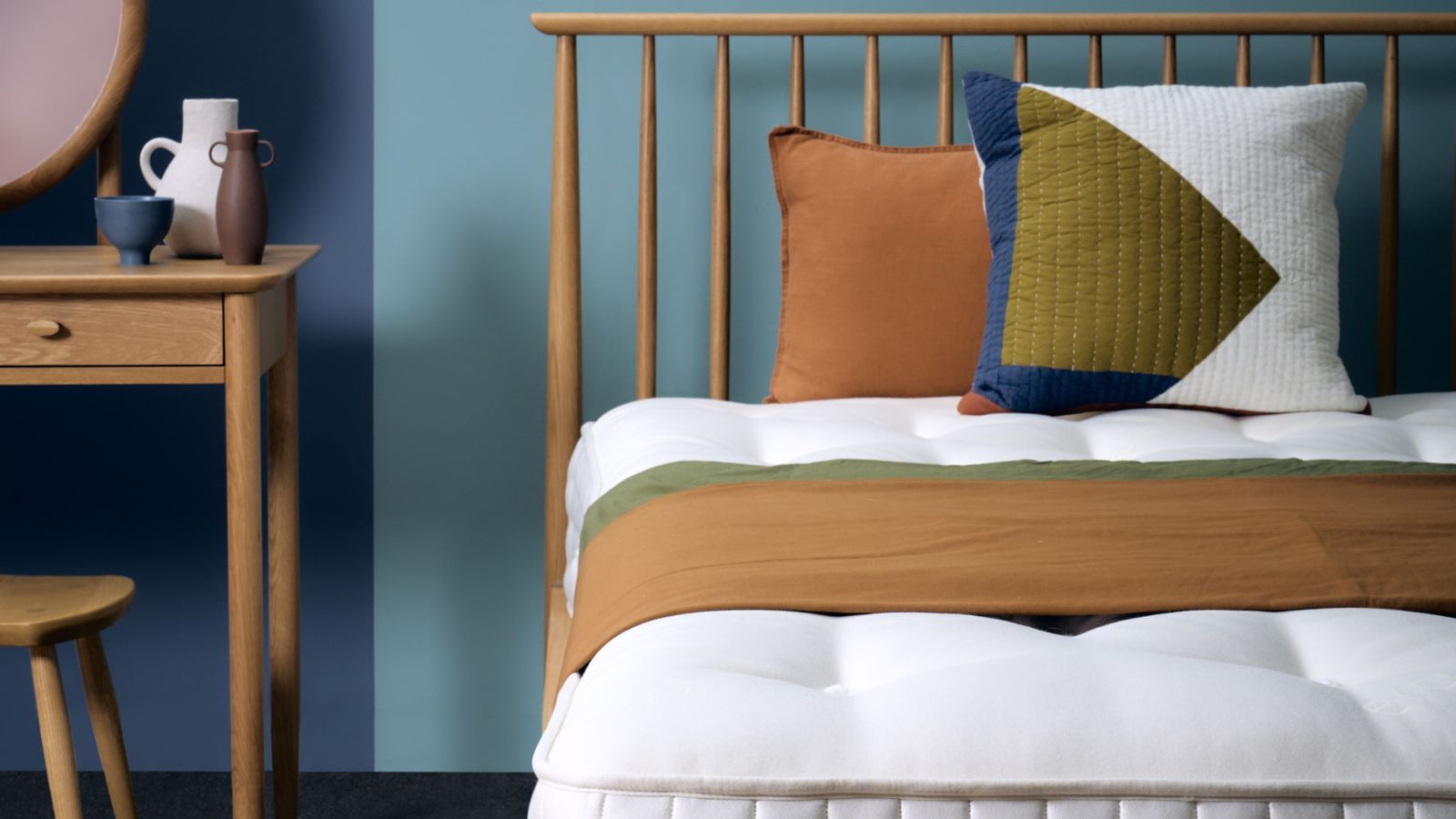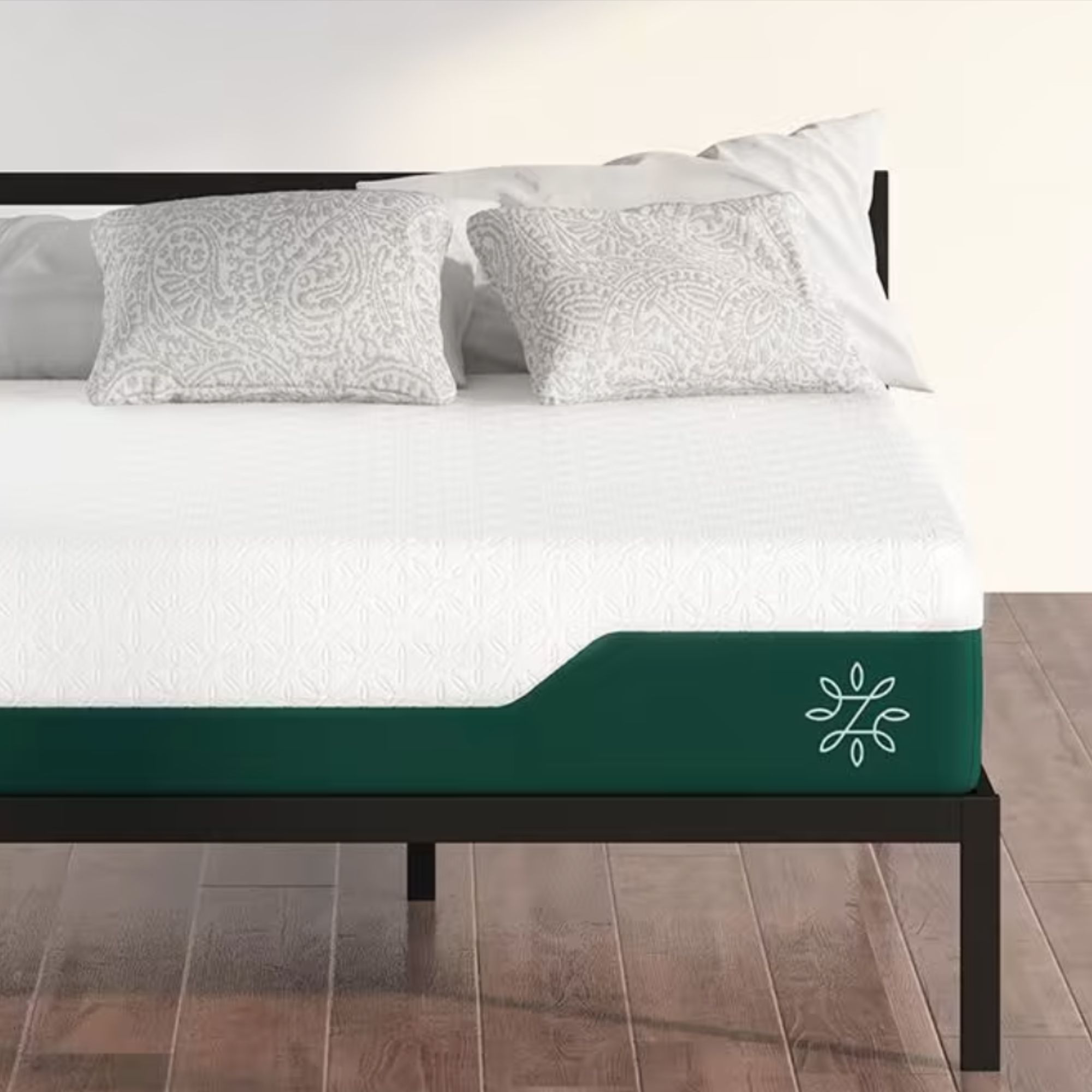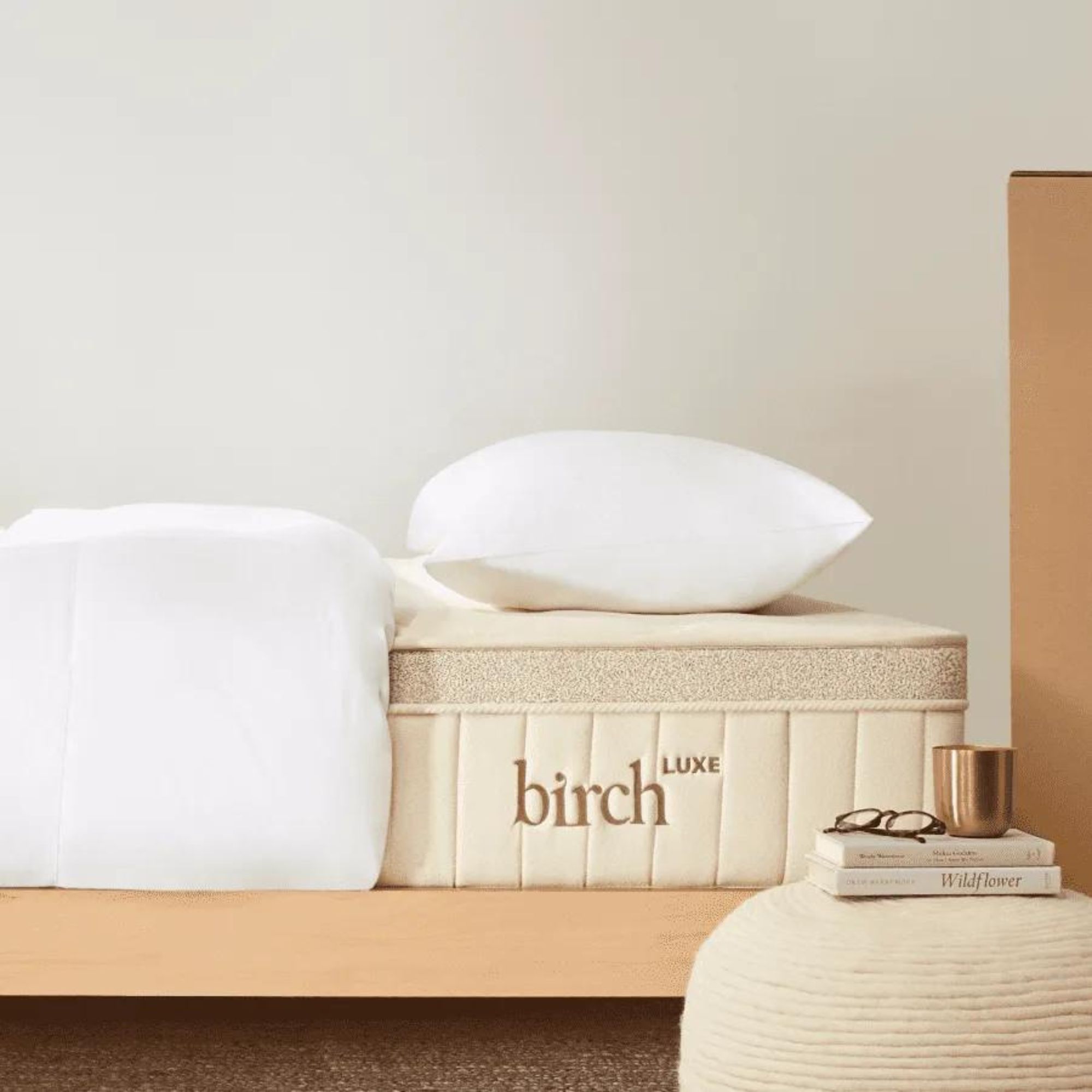
Knowing what are facts and what are mattress myths could make a big difference to your quality of sleep. When it comes to choosing the best mattress for your sleeping requirements, you don’t want to end up with the wrong bed due to some outdated myths.
Mattresses have moved on from the ‘one size fits all’ innersprings of our childhoods (although there are still some wonderful and luxurious innerspring mattresses on the market). Nowadays you can also choose from a variety of memory foam and hybrid mattresses, many of which arrived boxed, and still be assured of the same high quality you get in a traditional mattress.
5 mattress myths debunked

We’re looking at some of the most common mattress myths here, which range from those surrounding the mattress you should be buying to how you should care and look after your mattress from day to day. When it comes to choosing a mattress you want to be sure you’ve picked the right choice for you – good sleep underpins our health and wellbeing and you want to give your body the best chance of getting it.
Here are the six mattress myths you should be aware of, along with our experts’ comments setting the record straight.
1. A mattress should be a perfect fit from day one
Sometimes you can feel immediately at home on a brand new mattress. But more often than not, it takes time for your body to adjust. Dr Mark Aloia is the Head of Sleep and Behavioural Sciences, SleepIQ Health at Sleep Number, a company specializing in smart beds which adapt to an individual’s sleep. He explains more about getting used to a new mattress.
'Even our smart beds need time to ‘learn’ and adapt to the sleeper for at least a month. Give it more time and the bed learns to become your perfect fit – but it doesn’t happen right away on day one. We experience a lot of changes throughout our lives and as we get older, which means that the way in which we sleep might also change as we change. For example, you could start off sleeping on your stomach but switch to being a side sleeper later on in life. Or if you or your partner are pregnant, it’s likely that you’ll change your sleeping positions over the course of those nine months. And if you go from sleeping alone to sleeping with a partner (or even your kids here and there), it might take time for you to find a position that’s comfortable for you and get used to a bed that’s a little more crowded than usual.'
Russell Jelinek, Vice President of Product Development at Casper, points out that most mattresses take time to ‘break in’, 'Your mattress will get better over time. It's typical for mattresses to have a break-in period of 30–90 days as your body adjusts to the new support. That's why at Casper, we give you a generous 100-day trial period with a hassle-free return process, ensuring you have ample time to experience the comfort and support our mattresses offer.' If you're keen to speed up the process, then it's worth learning how to break in a mattress at home.
2. A high quality mattress should last forever
It’s increasingly common to find mattresses with lifetime warranties, but the truth is that no mattress will last forever. A long mattress warranty will certainly provide piece of mind however different types of mattresses will have fairly fixed lifespans. Knowing how long a mattress should last will help you know when to replace it. As a rough guide, innerspring mattresses will last between five and seven years, with memory foam and hybrid mattresses giving you up to a decade of use. Latex mattresses are the most durable, with some lasting up to 20 years.

A memory foam mattress is made to bear your weight and contour to the curves of your body. The Emma Original Mattress offers exceptional motion isolation and above-average edge support, ideal for light sleepers and couples who share a bed.
You can find more detail in our Emma Mattress review.

A hybrid mattress combines the plush comfort of memory foam with the airflow and support of an innerspring to suit every sleeper. For cooling comfort and zoned support to stand the test of time, I recommend the Bear Elite Hybrid Mattress: our expert tester raves about it.
You can find more detail in our Bear Elite Hybrid Mattress review.

A latex mattress is the best bet for hot sleepers, stomach sleepers, and eco-conscious shoppers alike. The PlushBeds Botanical Bliss Organic Latex Mattress is breathable, durable, and made to bear your weight, then spring right back into shape.
You can find more detail in our PlushBeds Botanical Bliss Organic Latex Mattress review.
3. A firm mattress is best for back pain
For years, accepted wisdom was that a firm mattress was the only solution for back pain. But in fact the best mattresses for back pain depend on your sleeping style. Lightweight and side sleepers will need more cushioning across pressure points such as the shoulders, hips and knees than a firm mattress can provide. However, heavier and stomach sleepers, along with those suffering from lower back or neck pain could benefit from one of the best firm mattresses on the market.
Dr Aloia expounds further, 'The idea that a hard mattress is good for back pain is a concept that has been reinforced over time by medical advice and cultural practices. Sometimes, a firmer bed can help with spinal alignment, but spinal alignment is not the only factor that can lead to back pain. Also, each person’s definition of ‘firm’ can be different. While having both spinal alignment and comfort is the best option, having a firmer bed may not be the best option in some cases.'
'For example, if you are recovering from muscle soreness or overuse, and if there is a specific area of tenderness, you might want to try a softer bed instead of a firm one as they help with pressure relief. This is another reason why adjustable smart beds are great options – they allow you to customize settings to your liking. The key is to determine which bed is best suited for you and your bed partner if you have one. If in doubt, consult with a healthcare provider who can provide personalized recommendations.'

If you sleep on your side, or you suffer from chronic pain, then you'll appreciate a mattress with a little bit of give to support your neck, knees, hips, and shoulders. The Zinus Cooling Gel Mattress does all that as it works to dissipate heat and wick moisture.
You can find more detail in our Zinus Cooling Gel Memory Foam Mattress review.

If you still have your heart set on the best firm mattress, then the Naturepedic Chorus Mattress is your best bet. Filled with supportive steel coils for breathability and bounce, then topped with organic cotton and wool for comfort, the Naturepedic Chorus Mattress is ideal for back and stomach sleepers.
You can find more detail in our Naturepedic Chorus Mattress review.

An adjustable bed won't come cheap, but it could prove worth its weight in gold for sleepers who suffer from muscle soreness. Each sleeper can select their ideal comfort and firmness levels for each side of the mattress. There's even an option to adjust the head and foot of the bed base to reach your ideal sleep position.
4. You need to flip your mattress every few months to keep it in top condition
Back when every mattress was an innerspring, mattresses could be flipped to help extend their lifespan. 'Flipping mattresses to keep them in ideal condition is actually a thing of the past but rotating them around still makes sense,' says Russell Jelinek.
'Unless the manufacturer specifies against it, it’s likely safe to rotate your mattress. By rotating your mattress, you can avoid signs of wear and extend its longevity. This includes preventing lumps and bumps, stopping sagging, and minimizing dust build-up, all of which contribute to a healthier and more comfortable sleep environment.'
You should always check the instructions for your own particular mattress, but our guide on how often you should rotate a mattress will help get you started.
5. The more you pay for a mattress, the better it is
Although there are many luxury mattresses on the market worth paying for (such as our number one mattress choice, the Saatva Classic), the cheaper costs associated with making mattresses in a box mean that there are plenty of cheaper choices that will still provide you with an exceptional night’s sleep. For example, the Emma Original mattress is often on offer with up to 50% off, but will still provide you with a soft and supportive night’s sleep.

The Siena Mattress is almost always discounted in the mattress sales. Right now, you can bag a Queen bed for less than $400. When you take advantage of the Siena bedding offer, you can pick up a mattress protector, a sheet set, and a cooling pillow, too, for just $99.
You can find more detail in our Siena Mattress review.

Founded on a supportive base for stability, lined with a transition layer to optimize motion isolation, and topped with two inches of therapeutic gel memory foam, the Nectar Memory Foam Mattress alleviates aches and pains for just $649 for a Queen.
You can find more detail in our Nectar Memory Foam Mattress review.

Retailing at around $2,000 for a Queen, the Birch Luxe Natural Mattress is on the more expensive side, but that's the price you pay for the best luxury mattress. Filled with natural latex, topped with plush cashmere, and covered with organic cotton, the Birch Luxe Natural Mattress is a great option for eco-conscious shoppers.
You can find more detail in our Birch Luxe Natural Mattress review.
With the explosion of new mattresses onto the bed market in the last decade, sleepers now have a far wider choice to choose from. And with this choice come updated facts and outdated myths. This guide should help you avoid any pitfalls and help you to pick your dream mattress when the time comes to replace your existing bed.







